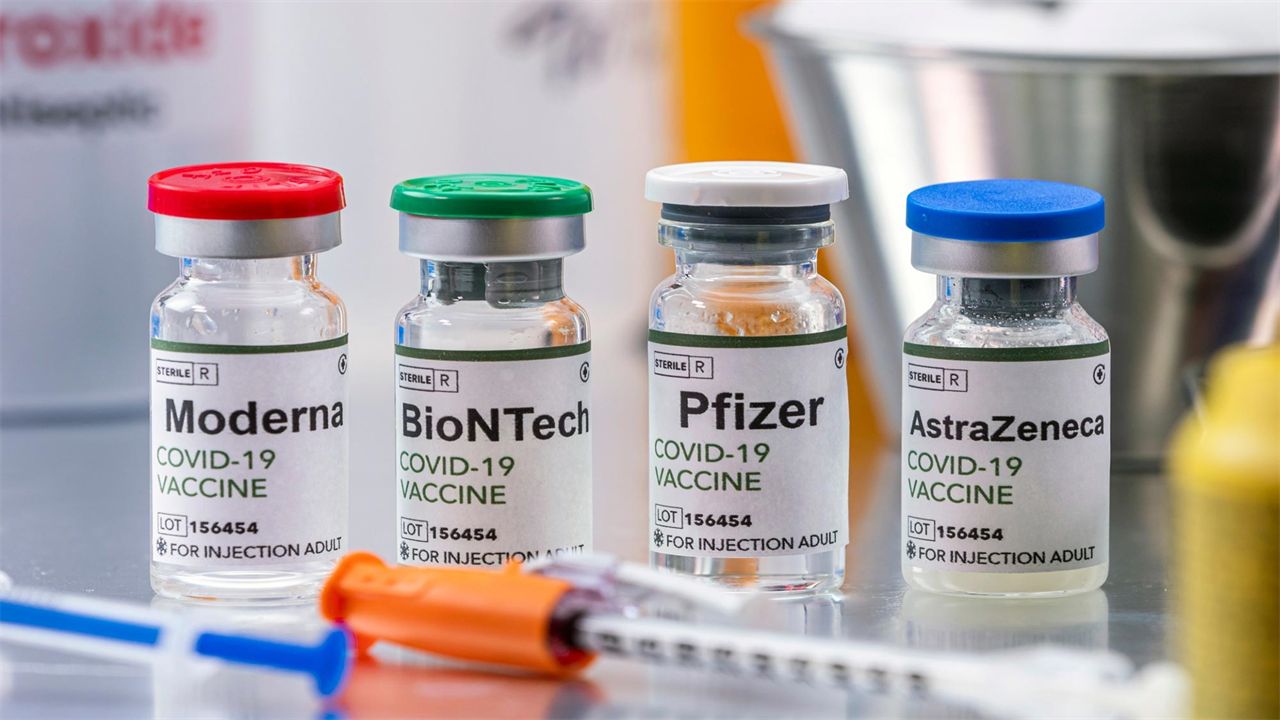How Well Do COVID-19 Vaccines Actually Work Over the Longer Term?
0 View
Share this Video
- Publish Date:
- 12 April, 2021
- Category:
- Covid
- Video License
- Standard License
- Imported From:
- Youtube
Tags

A clinical trial of college students, including those from UC San Diego, will attempt to answer that question, and whether vaccinated individuals can still pose an infection risk to others.
COVID-19 vaccines are designed to reduce the likelihood that infection by the SARS-CoV-2 virus would lead to serious consequences, such as hospitalization and death. In that sense, all currently approved vaccines – Moderna, Pfizer and Johnson & Johnson – have been shown to be similarly effective.
But much less is known about the actual ability of these vaccines to prevent infection, especially asymptomatic cases where vaccinated individuals may not become ill or show symptoms, but can still carry sufficient levels of the virus to prevent a potential transmission threat. to train others.
New research is starting to close this knowledge gap. A recent UC San Diego School of Medicine study published in The New England Journal of Medicine of vaccinated health professionals found the risk of infection to be small, but possible. A subsequent study by the Centers for Disease Control and Prevention reported that both the Moderna and Pfizer vaccines were highly effective in preventing symptomatic and asymptomatic infections in a larger cohort of vaccinated health professionals and first responders.
Researchers from the University of California San Diego, with participating academic institutions across the country, will now look at a different demographic: college students.
UC San Diego students can participate in a nationwide clinical study to assess whether COVID-19 vaccination prevents infection and reduces the risk of transmission. Credit: Erik Jepsen / UC San Diego
The five-month randomized, controlled clinical trial will enroll approximately 12,000 healthy college students, ages 18 to 26. Half of the students will receive a Moderna vaccination immediately; the other half will be vaccinated towards the end of the trial.
The trial is being conducted under the auspices of the COVID-19 Prevention Network (CoVPN), a collaboration of infectious disease research networks and participating partners. CoVPN was founded by the National Institute of Allergy and Infectious Diseases and is headquartered at the Fred Hutchinson Cancer Research Center in Seattle.
The Moderna vaccine is an mRNA vaccine that instructs cells on how to produce a harmless piece of SARS-CoV-2’s characteristic spike protein that stimulates the body’s immune system to recognize and reject exposure to the virus. To ward off. The vaccine requires two injections approximately 28 days apart.
“The ongoing Phase III studies of the vaccines were not designed to estimate how well they prevent infections, especially asymptomatic infections, nor their effectiveness in reducing viral shedding and the risk of transmission,” said Susan Little, MD, professor of medicine at UC San Diego School. of Medicine and principal investigator for the UC San Diego site of the new clinical trial.
“As a result, we don’t know whether vaccination reduces the need to wear masks or reduces social distance. We don’t know if vaccinations are necessary in certain settings, such as schools or for air travel. Having a better understanding of how effective COVID-19 vaccines are in reducing infections in others is important both for individuals and for shaping public health policy. “
Using student volunteers makes a lot of sense, researchers said.
First, they include a demographic at particular risk of acquiring and transmitting SARS-CoV-2. Their joint and social living situation (young people tend to live close to others) increases the risk of exposure and the resulting COVID-19 cases.
For example, between August and September 2020, COVID-19 cases among young people aged 18-22 have increased by 55 percent nationwide; and between June and August last year, people aged 20 to 29 had the highest incidence of disease in the country, accounting for more than a fifth of all cases. These numbers preceded increases in older adults by four to 15 days, indicating that younger people were spreading the infection to older, more vulnerable populations.
On the other hand, young people represent only a small percentage (0.5) of all deaths from COVID-19 and are subjected to intensive testing and monitoring for infection and disease at an increasing number of universities and colleges.
For example, UC San Diego’s Return to Learn program includes a rigorous surveillance program that currently requires at least weekly screening of all students. In addition, environmental monitoring includes daily testing of wastewater samples from university facilities to detect the presence of SARS-CoV-2. These efforts have allowed nearly 9,000 students to return to campus and thousands of others to attend in-person classes.
That increased level of routine health surveillance, Little said, will help researchers detect infections in real time. In addition, trial participants will collect nasal swabs daily to record viral loads. Researchers will also collect data on close contacts of trial participants to see if and to what extent an infected participant is transmitting the virus to others, and will compare the rate of secondary transmission events between participants in the immediate and delayed vaccination study groups.
In the event that a secondary transmission is documented, contact tracking will be extended to more participants, who will also collect daily nasal swabs and provide blood samples for serology (to determine the presence of neutralizing antibodies).
Organizers said the trial will run through spring and summer school terms in 2021, with the goal of reporting results before the fall school period so academic institutions can adjust policies accordingly.
The UC San Diego trial site will recruit approximately 400 student volunteers. Visit http://www.PreventCOVIDU.org for more information on how to participate and register.










